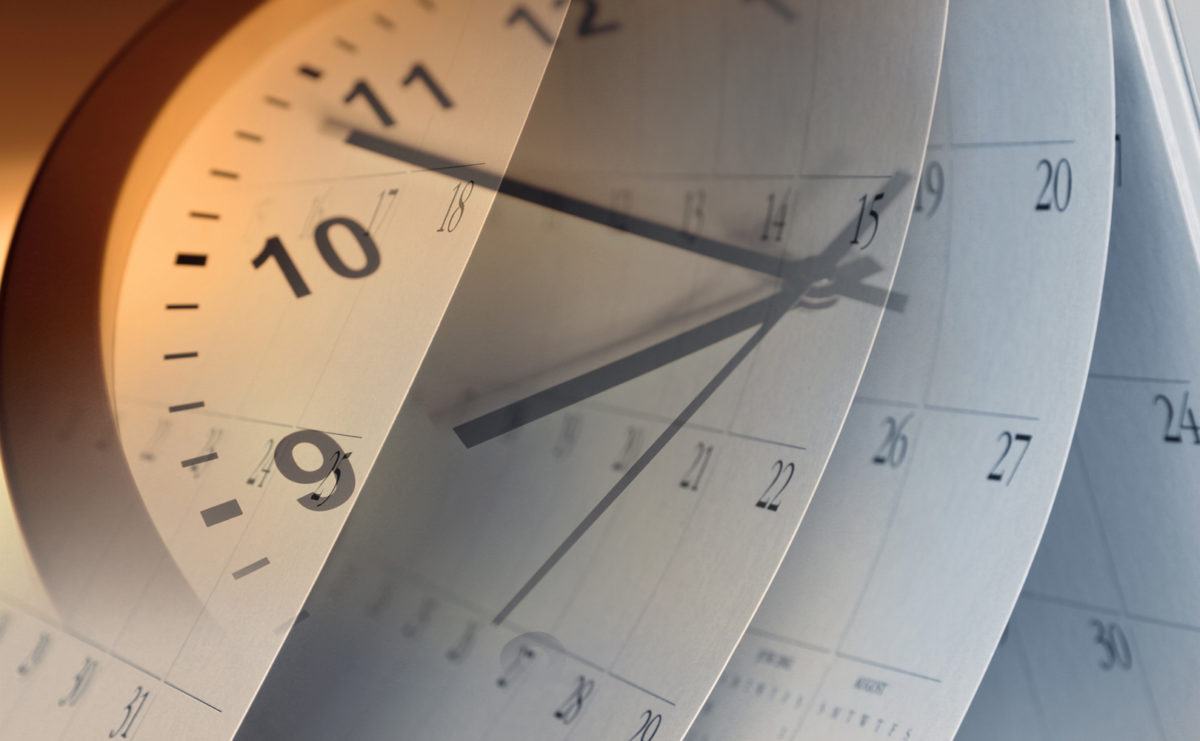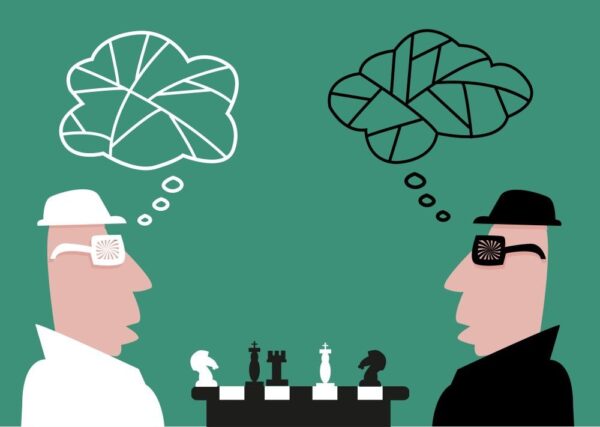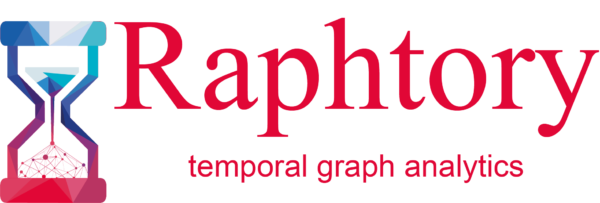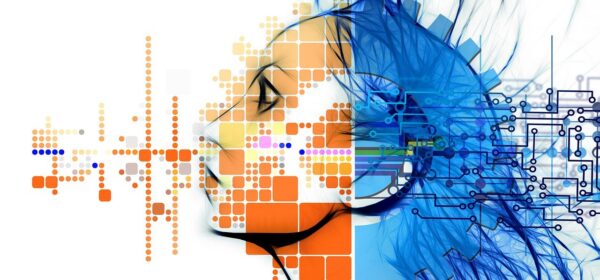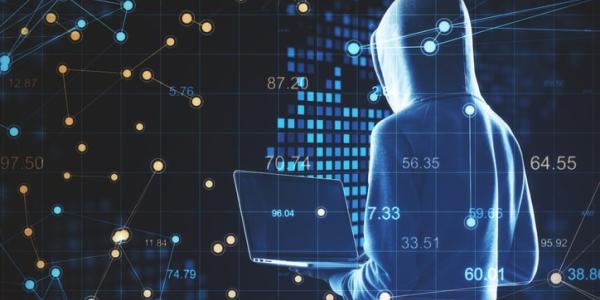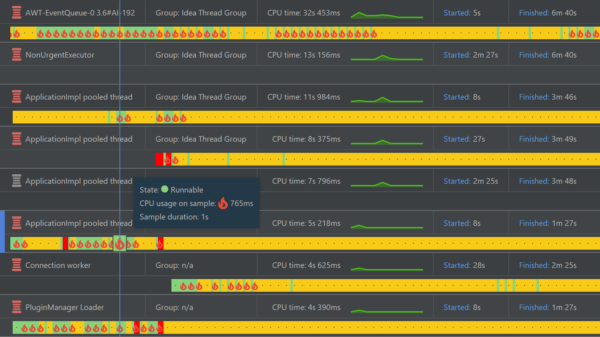Temporal graphs allow you to interrogate your data across time, seeing precisely how certain decisions, or data points affect the outcome of relationships. In a transactional setting, it exposes how a series of transactions across time form a trail for money laundering. In healthcare, it shows the causal relationship between drugs and diseases, reducing confounding factors. In brand marketing, it tells you how people talk about your company, who are the influential actors and how you can widen your outreach.
All of these use cases are empowered by two key features, not available in the standard graph tool kit.
Firstly, temporal graphs expose the full history of your data at your fingertips. You can rewind time, seeing exactly what the graph would look like at any point since your data started being recorded. Forget trying to piece together the evolution of your data from daily snapshots, where everything in-between is lost. Here you can run an algorithm at the same granularity of your updates, minutes, seconds or even microseconds, retracing exactly what has occurred and providing the best predictions for the future.
Secondly, this history can augment the algorithms you are running, increasing the accuracy of insights by only inspecting causal relationships, and speeding up the time taken for convergence. Many of these improved algorithms you would already have seen in the news or used in your daily life. For instance, track and trace apps for COVID-19 must consider the temporal order of infections, incubation time and onset of symptoms.
If you catch a cold today, then logically you could not have transmitted the cold to anyone you met yesterday. Just how people you have transactionally dealt with a year ago are unlikely to be accomplices to money laundering you performed today. Or how the treatment you started for a disease 6 months ago is unlikely to have caused the disease itself. The problem is without time-aware algorithms, these relationships in data look all the same.
Do you really have the time to lose? Contact us now to learn more on how temporal graphs can help you augment your business.
